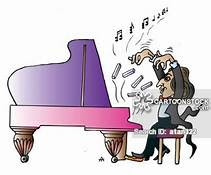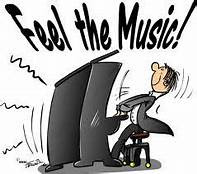Click on the titles
to visit Amazon!

The Collaborative Pianist's Guide To Practical Technique
NOW $17.24
(was $21.95)
The Pianist's Guide to Practical
Scales and Arpeggios
NOW $17.56
(was $21.95)
The Pianist's Guide to Practical Technique
NOW $19.16
(was $23.95)


















